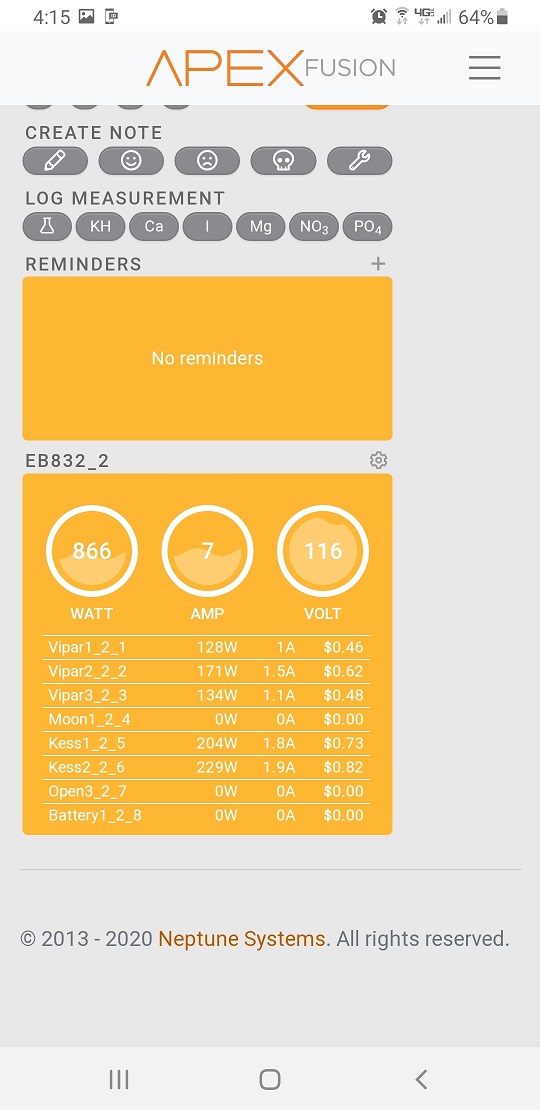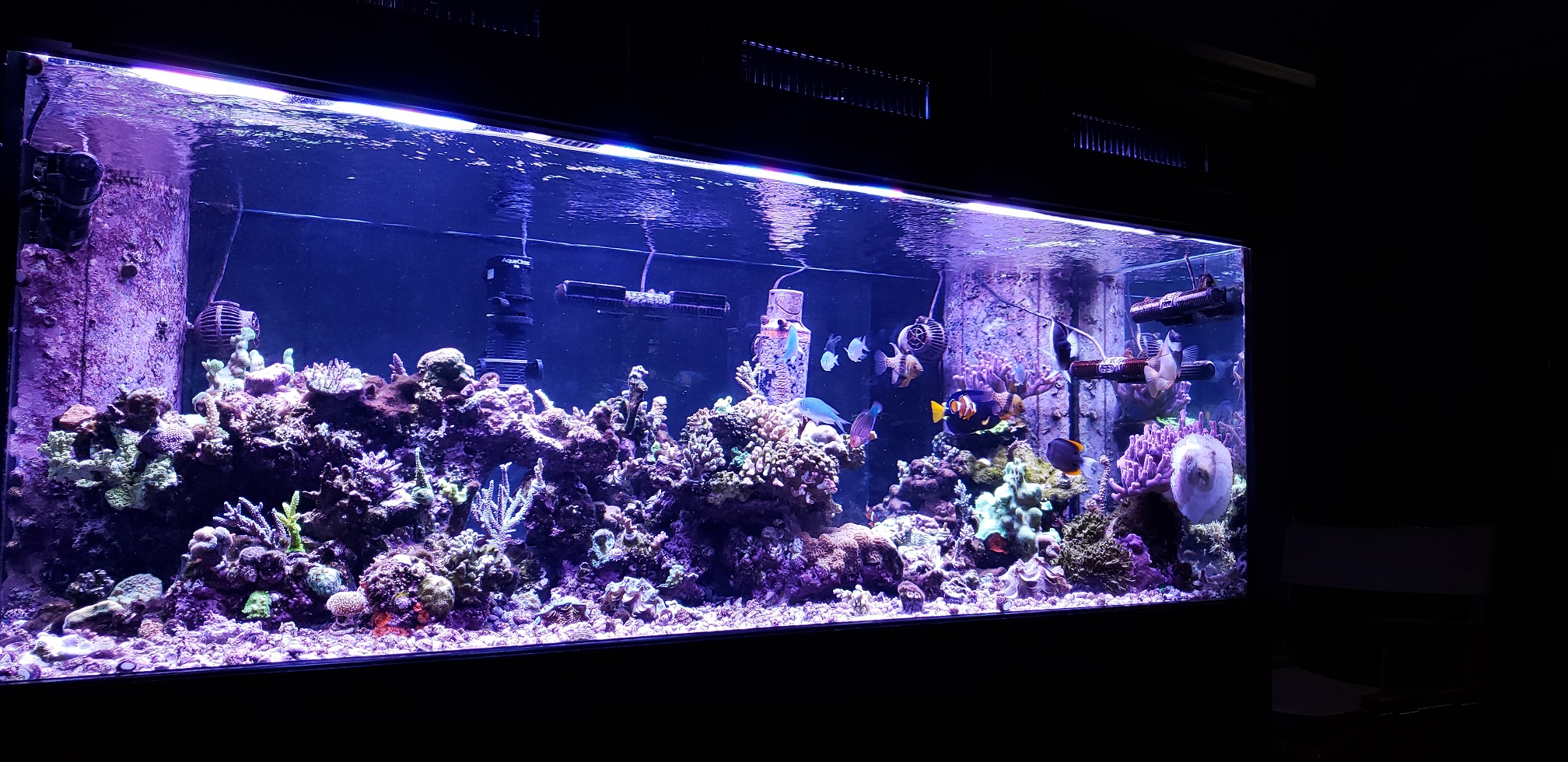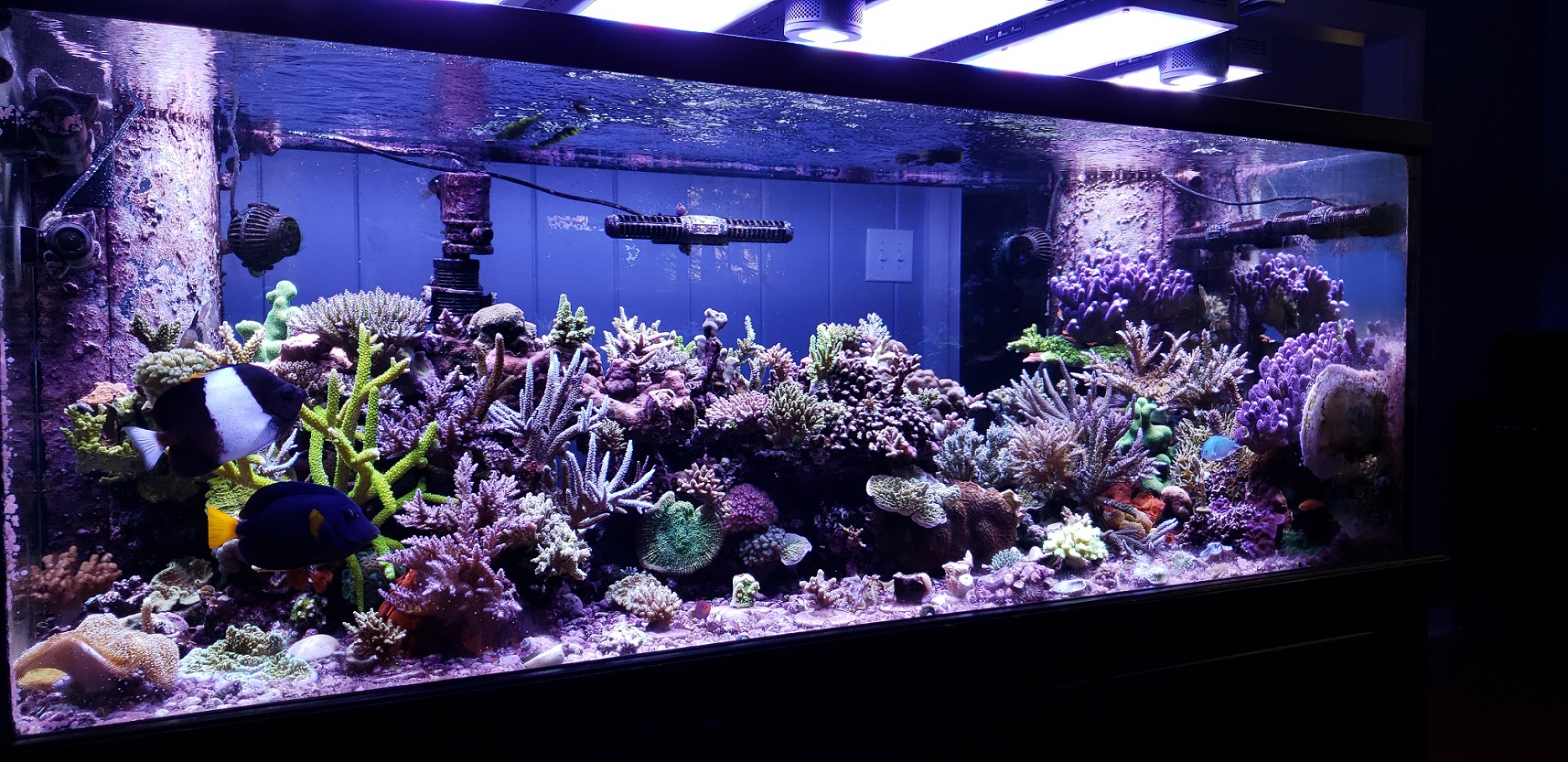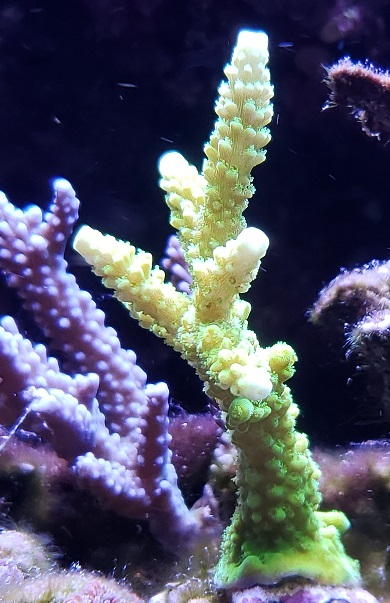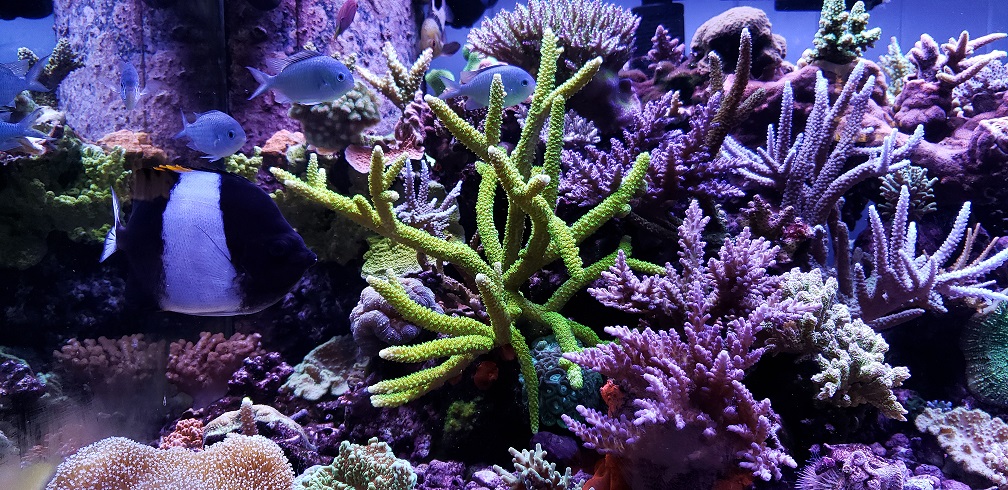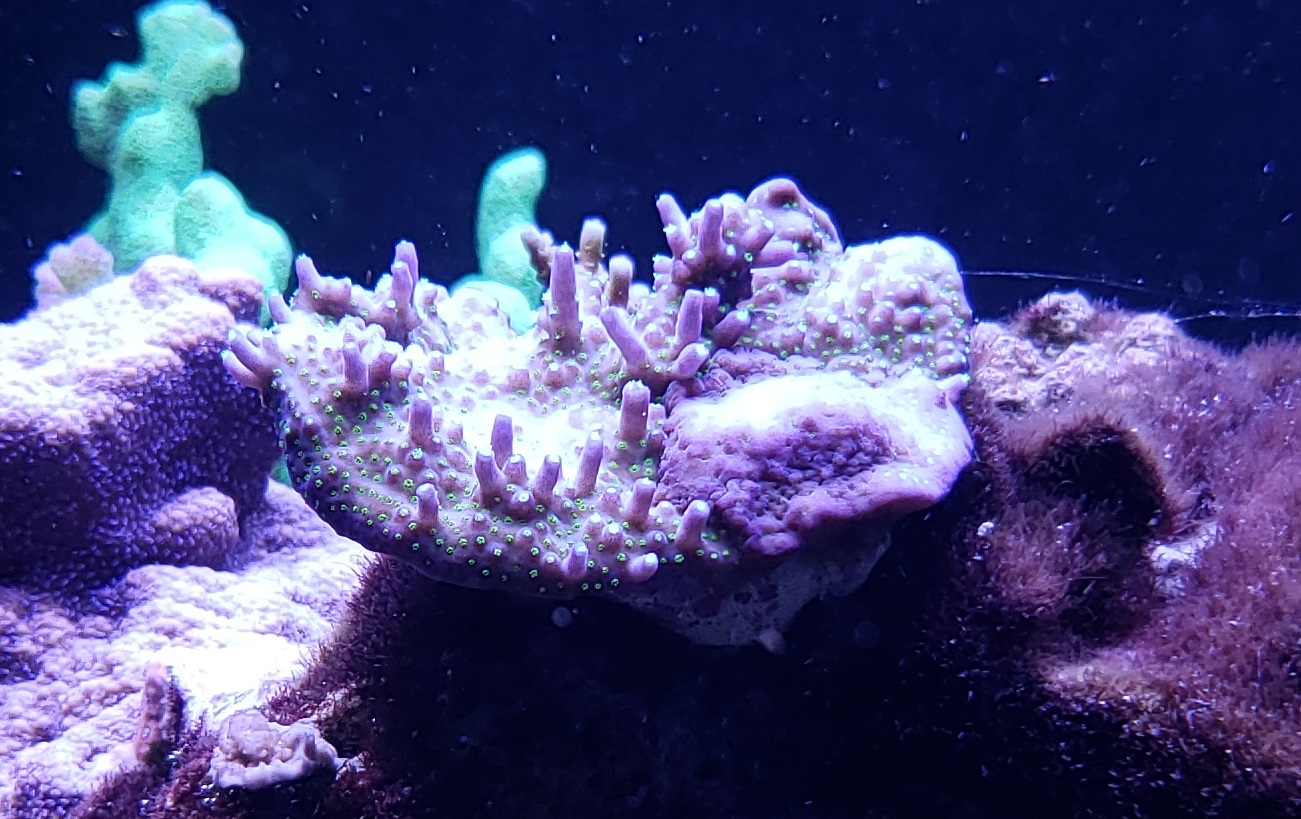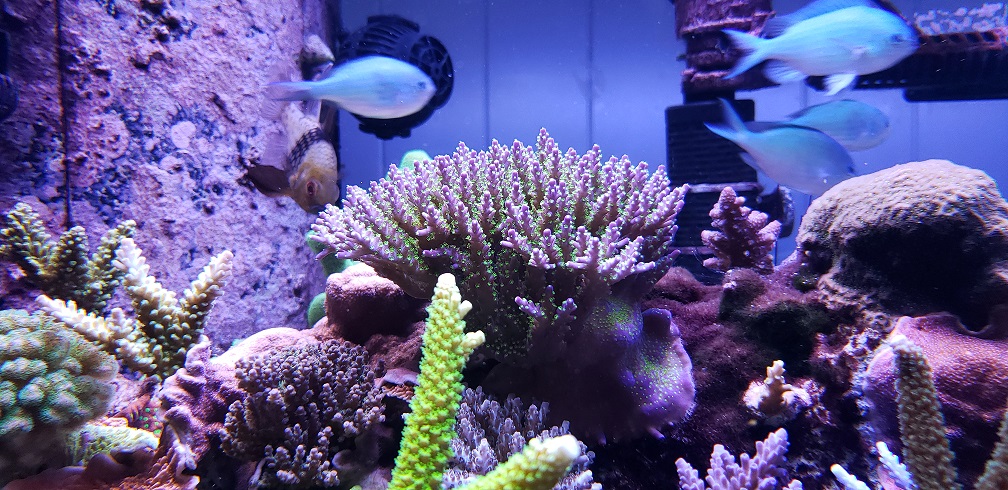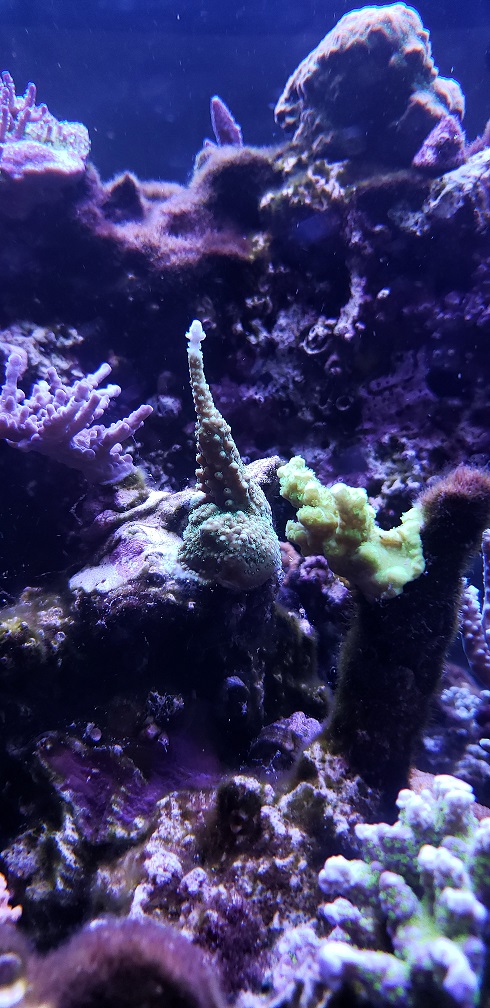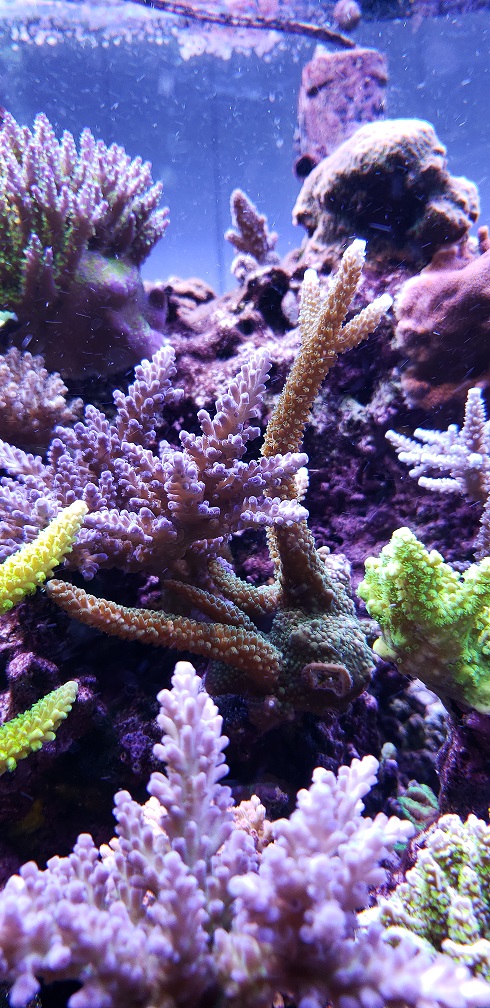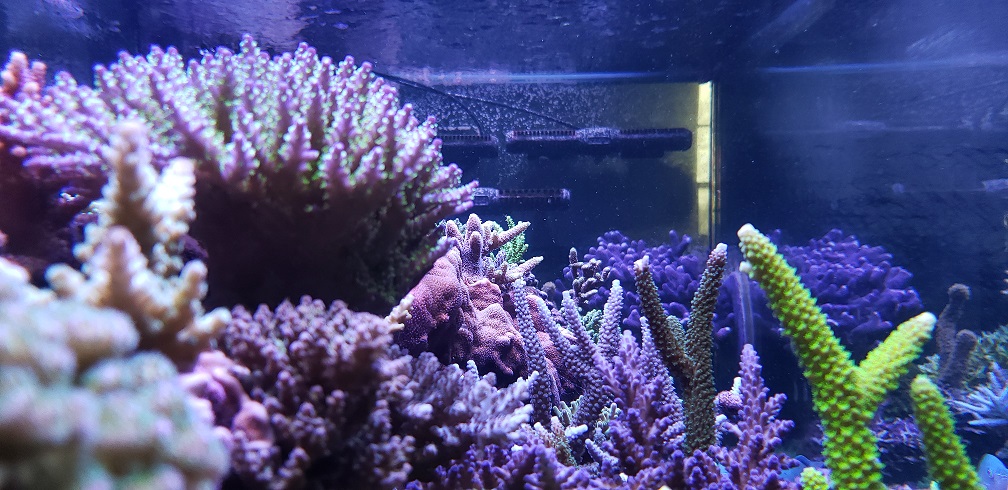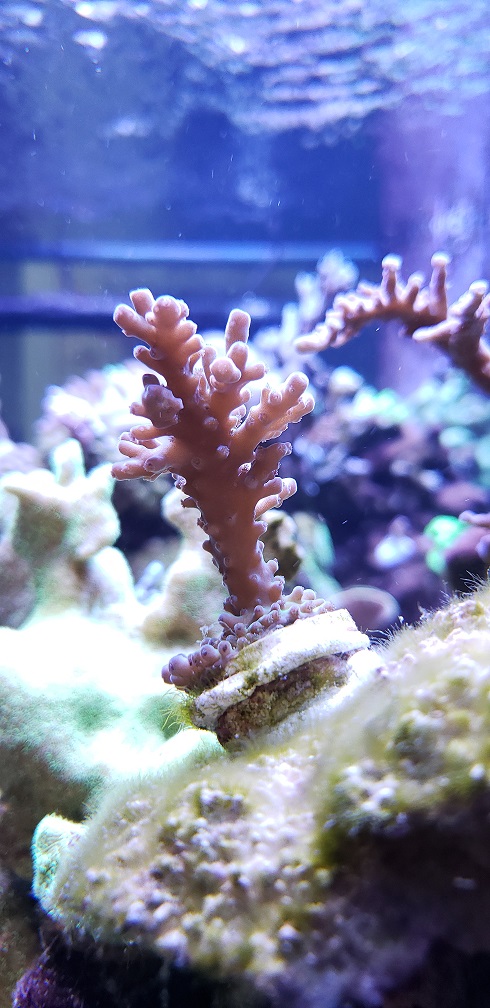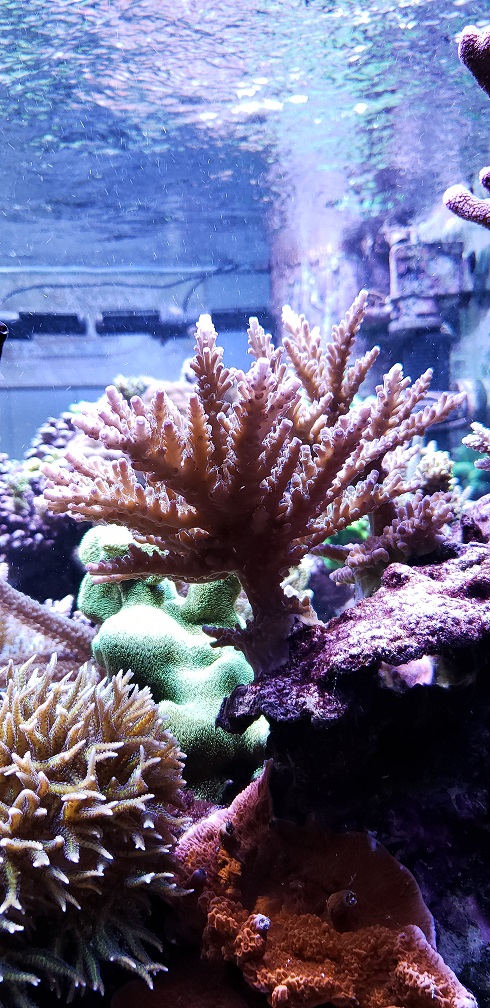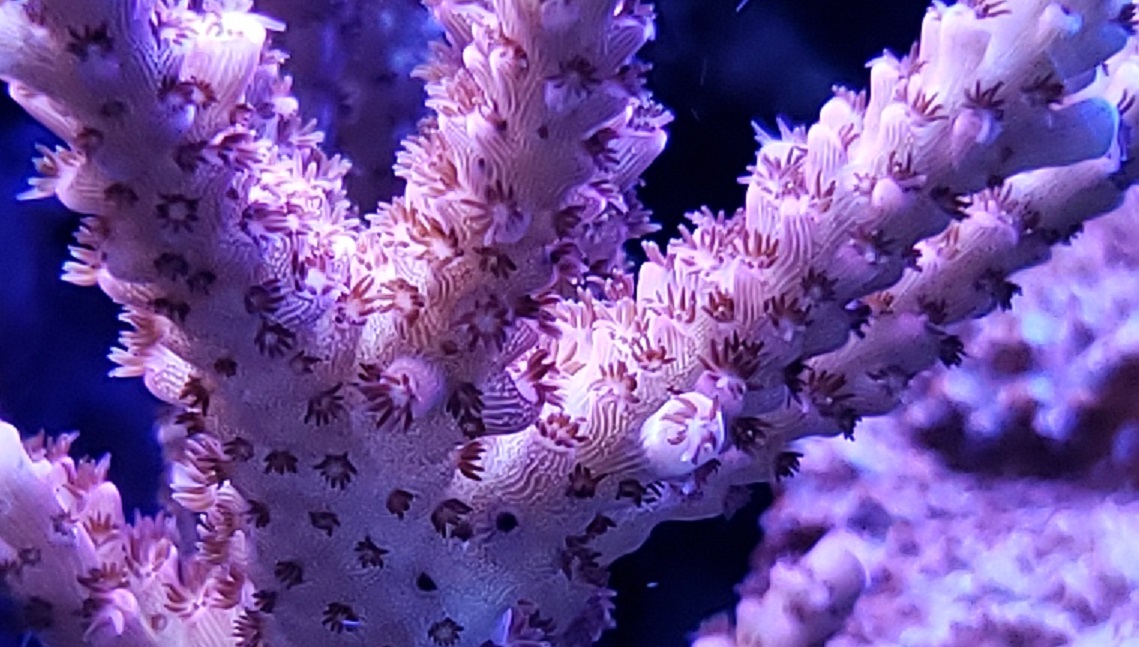- Joined
- Jun 24, 2019
- Messages
- 4,875
- Reaction score
- 4,828
All the big brand leds will do what you want. The only i would avoid is the ecotech x15/xr30 g5 blue. Because it has no whites. The new kessil A500 was designed to be the MH of leds look it up. Its a very powerful led and kessil is known for there shimmer. But look up the kessil A500.
Yes get this if you want lots of shadows with their spotlights.







